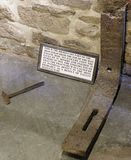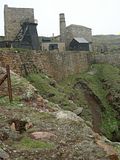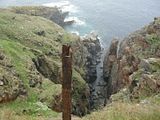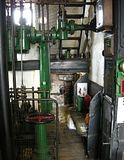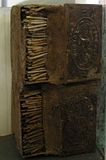Asquith
Diamond
- Joined
- Mar 3, 2005
- Location
- Somerset, UK

Crowns Engine Houses, Botallack Mine, Cornwall, England, looking towards Newfoundland.
Cornwall’s coastline is impressive, but the sight of these engine houses was breathtaking. Photos just can’t do justice to the scene.
Built in the 1830s. Visited by Queen Victoria when she was young.
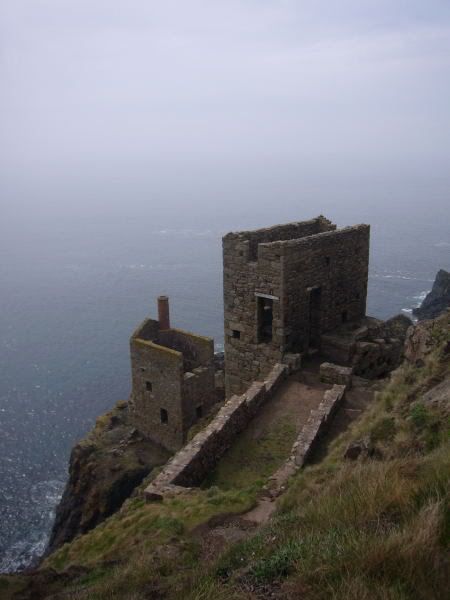
The nearest one housed a winding engine for a shaft running down at about 30 degrees to the horizontal, serving various levels deep under the Atlantic. The rectangular bay in the foreground housed the boiler. They had to build the chimney a bit further up the cliff.
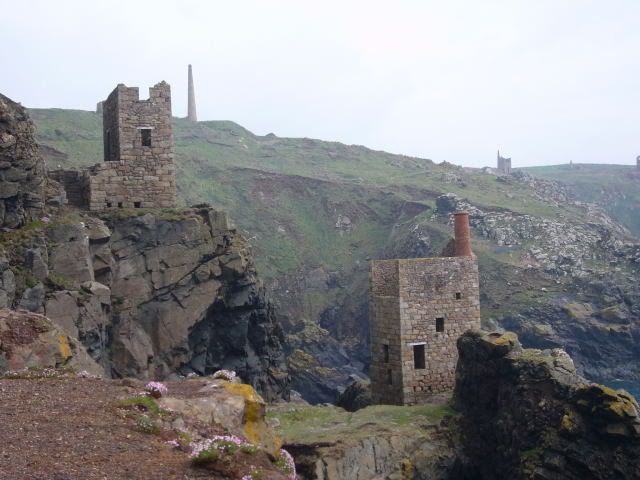
As you can see from the background, they were not alone.
Clickable thumbnail:-
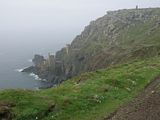
The first three photos were taken by my wife - they‘re better than mine. We spent a whole day in the immediate area, having started at Geevor Tin Mine, then walking to Levant mine to see the working beam engine.
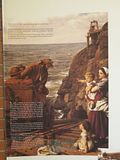
Display board at East Pool tin mine museum, showing a painting of miners descending the shaft at Botallack. The original painting, by James Clark Hook in 1864, is in Manchester Art Gallery.
In 1863 the winding chain broke, sending the skip’s passengers - eight men and a boy - to their death.
Just one of the many hazards facing the miners.
I don’t suppose travelling to or from work in the dark was without risk.



